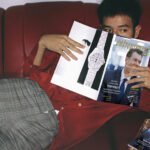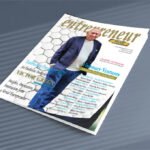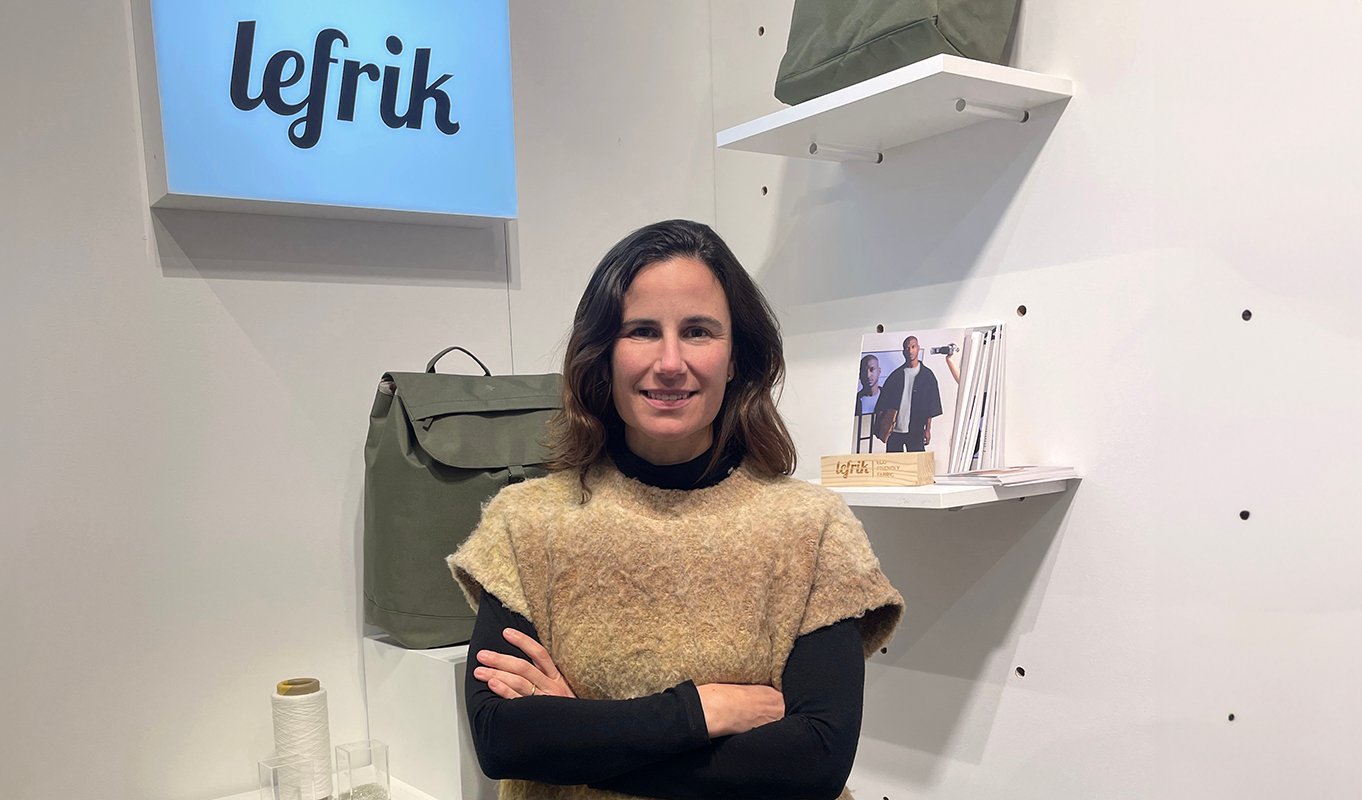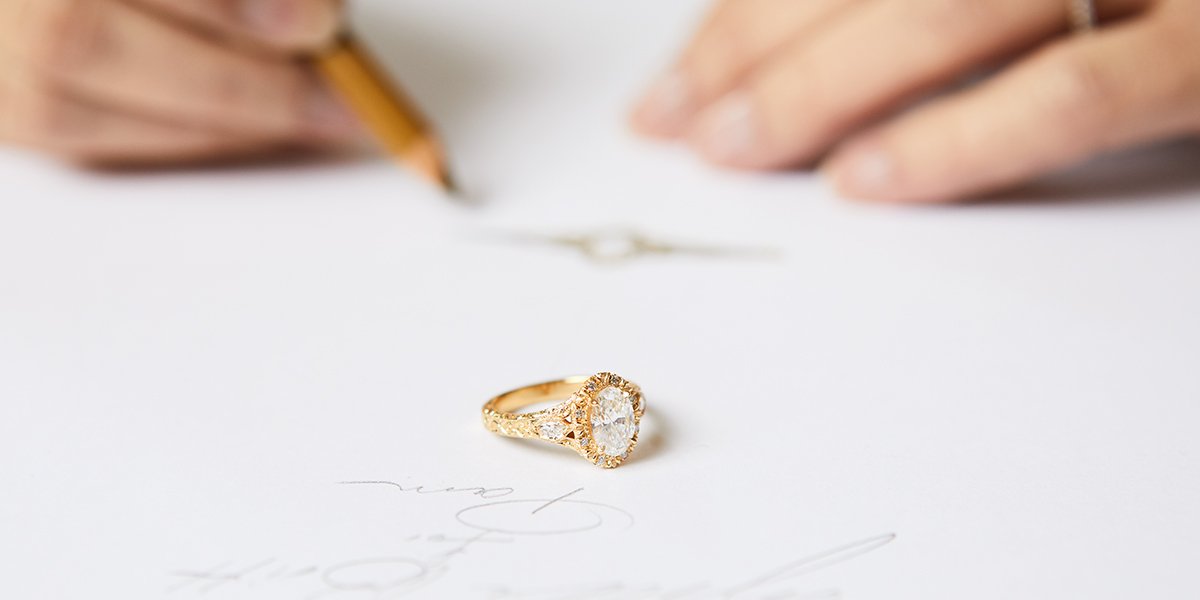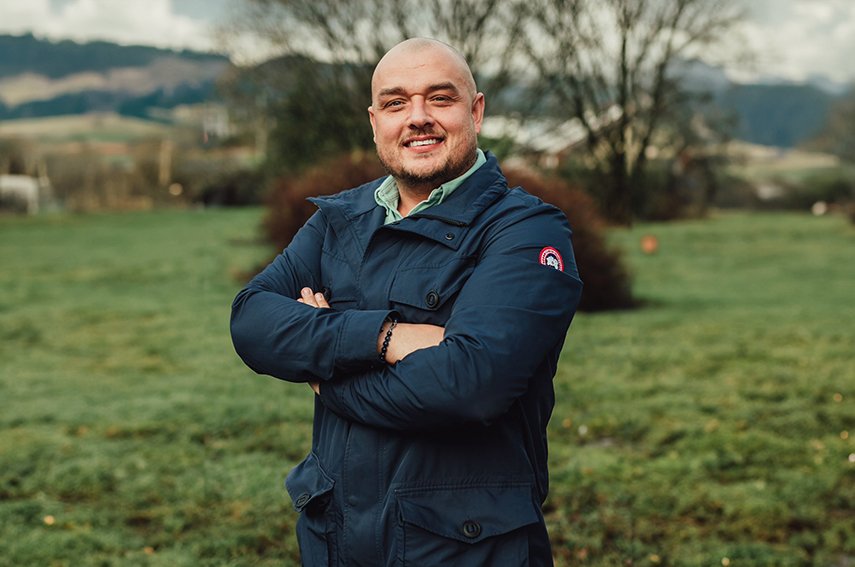Co-founder of Lefrik
Exploring the Intersection of Fashion, Sustainability, and Social Responsibility with Lefrik’s Visionary Leader.
A.J. Somer
In the bustling landscape of fashion and accessory brands, Madrid-based Lefrik emerges as a beacon of sustainability and style. Founded in 2012 by David Ruiz de Andres and Curra Rotondo, Lefrik sets itself apart by crafting backpacks and travel accessories from recycled plastic bottles, marrying functionality with eco-conscious design.
Before embarking on the Lefrik journey, Curra Rotondo, the co-founder, honed her expertise in the fashion industry for 14 years. Her journey began at Grupo Cortefiel, one of Spain’s foremost fashion conglomerates, and later traversed through renowned brands like Pepe Jeans and BuyVIp, an Amazon company. With a rich background in fashion coupled with a passion for sustainability, Curra Rotondo brings a unique perspective to the ethos of Lefrik.
At the heart of Lefrik’s ethos lies a commitment to environmental stewardship. Rotondo sheds light on the intricate process of transforming discarded plastic bottles into high-performance accessories, illuminating the challenges and advantages inherent in working with recycled materials. Lefrik’s dedication to reducing CO2 emissions and minimizing water usage underscores its mission to tread lightly on the planet.
But Lefrik is more than just an eco-friendly label—it’s a testament to the fusion of sustainability and timeless design. Rotondo delves into how the team seamlessly integrates elements of sustainability into every facet of product creation, ensuring durability and style coexist harmoniously. By championing circularity and minimalism, Lefrik redefines the notion of fashion as a force for good.
However, Lefrik’s journey towards sustainability is not solitary. Rotondo underscores the pivotal role of partnerships with organizations that share their vision for a greener future. Through collaborations and alliances, Lefrik amplifies its impact, fostering a community dedicated to social and environmental change.
As Lefrik strides towards a circular model, Rotondo emphasizes the indispensable role of customer engagement in prolonging the lifespan of their products. From repair services to fostering a culture of second-hand usage, Lefrik invites consumers to be active participants in the sustainability narrative.
Beyond crafting eco-conscious products, Lefrik remains deeply committed to giving back to the communities it serves. Through philanthropic endeavors and sustainability initiatives, Lefrik endeavors to leave a positive imprint on society, aligning actions with values.
In measuring its social and environmental impact, Lefrik adopts a rigorous approach, employing metrics and benchmarks to assess progress and drive continuous improvement. Through partnerships with organizations like Dcycle, Lefrik conducts comprehensive Life Cycle Analysis studies, ensuring transparency and accountability.
Looking ahead, Lefrik’s aspirations soar high. With the recent launch in the US and a growing network of resellers, the brand aims to expand its footprint globally, spreading the message of sustainable fashion far and wide. As Lefrik ventures into new territories, its unwavering commitment to sustainability and social responsibility remains steadfast, illuminating a path towards a brighter, greener future.
Could you elaborate on the process of transforming recycled plastic bottles into high-performance backpacks, bags, and accessories at Lefrik? What are some of the unique challenges and advantages of working with recycled materials?
Lefrik’s core value is reducing the use of virgin polyester and rather extending the life of discarded plastic bottles, while saving energy in the production process.
Lefrik uses recycled polyester, which has been mechanically recycled, this means the process starts when the PET bottles are collected and transported to a recycling plant. The bottles are sorted washed to remove impurities and after ground into flakes, which are then dried, melted, and shredded into pellets for the manufacture of new products.
These pellets are melted again, passed through a spinneret, and spun into long fibers, which are then spun into a new thread. The thread is wound onto spools, baled, and knitted into a new recycled polyester fabric we use in our bags.
This fabric is also dyed under the OEKO TEX 100 standard, which guarantees that it is free from toxic chemical substance.
During this process up to 75% C02 emissions are saved, and the water usage is minimized to 10% compared to virgin polyester.
Lefrik products are known for being both functional and stylish. How does the team incorporate elements of sustainability and timeless design into the creation process? Can you provide examples of how these values manifest in your product lineup?
Lefrik products are built to last, taking care of every detail of the entire life cycle, from sourcing to manufacturing to distribution and disposal. We follow our four principles from the beginning: reduce, reuse, repair and recycle.
We only use 5 fabrics to create the whole collection, which makes the production process more efficient while making our backpacks easily recyclable.
We design with circularity on mind, this means we design thinking in functionality and durability, durability is our core, products need to be durable and timeless to be sustainable, a product that can be used for years and still keep the shape and the look to be sold in a second-hand shop.
Lefrik emphasizes the importance of partnering with organizations that share its commitment to social and environmental best practices. Could you share some insights into how these partnerships contribute to Lefrik’s sustainability goals and product innovation?
As a company committed to transparency and accountability we recognize the invaluable contributions of our stakeholders, including our esteemed team, trusted suppliers, loyal customers, and the communities we serve through our social actions.
Our suppliers play a crucial role in our supply chain, providing us with the resources and support necessary to deliver high-quality products and services to our customers. We value their partnership and are committed to fostering mutually beneficial relationships based on trust, transparency, and fair practices.
We base our cooperation with suppliers on durable, long-term partnerships with a few suppliers. We work closely with them in developing our products and in the production planning.
You mentioned Lefrik’s goal of achieving a circular model that allows for the recycling of your products. Can you elaborate on the steps the company is taking to move closer to this goal? What challenges do you face in implementing a circular economy approach, and how do you plan to overcome them?
From design to the delivery of our costumer we work focusing on circularity, recycled and mono material fabrics, minimal design, high quality durable fabrics.
Nevertheless, the goal of circularity can only be achieved with the help of our customers, who will extend the life of our backpacks by repairing them when they break or giving them a second life by donating or reselling them when they are no longer in use, or even deconstructing the backpack for proper recycling.
To extend the life of our backpacks we offer a repair service, where possible, in collaboration with local repair shops, and we have created a collaborative map on our website where you can find or add a repair shop in each city, engaging our community in our sustainable and cooperative journey.
Lefrik is dedicated to giving back to the communities it serves. Can you provide examples of some of the sustainability initiatives, philanthropic efforts, and community engagement activities that Lefrik has undertaken? How do these actions align with the company’s values and mission?
As a socially responsible organization, we are committed to giving back to the communities we serve. Our social actions include various initiatives focused on sustainability, philanthropy, and community engagement.
We believe in making a positive impact on society and strive to contribute to the well-being of our communities through meaningful actions and partnerships.
Through our partnership with 1% for the planet this year we have collaborated with multiple organisations around the world, dedicated entirely to caring for the planet and biodiversity.
How does Lefrik measure its social and environmental impact? Are there any specific metrics or benchmarks that the company uses to assess its progress towards sustainability goals and evaluate the effectiveness of its initiatives?
Our approach is based on the identification and evaluation of the potential environmental impacts of our operations and activities, as well as the implementation of measures and policies to minimize them. Through careful and responsible management of our resources, we work to protect the environment and contribute to the sustainability of the planet.
Together with our partner Dcycle, we measure the Life Cycle Analysis study of our products. This is key for addressing all environmental impacts associated with every stage of our production process.
The results of the study led us to measure our whole production; getting to know the real impact of our business activity from the recycling plant where we source the plastic, to the factory where the fabric is made and the manufacture factory, considering transportation to our warehouse and our final customer.
Looking ahead, what are Lefrik’s aspirations for the future? Are there any upcoming projects, collaborations, or innovations that you’re particularly excited about, and how do they reflect the company’s commitment to sustainability and social responsibility?
We have just launched Lefrik in the US and we are excited about this milestone, we currently have around 60 active resellers and growing!
We want to access as many markets as we can this year and show the world there is another way of making fashion for good.
Our goal is to instil in our community and buyers an environmental responsibility while enjoying buying, because they know the product they are buying has been made responsibly, giving back to the planet, it’s a product that will last and will be able to give it a second life.


